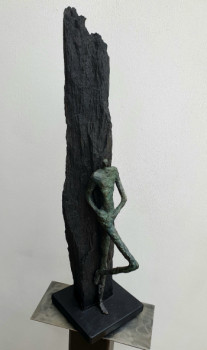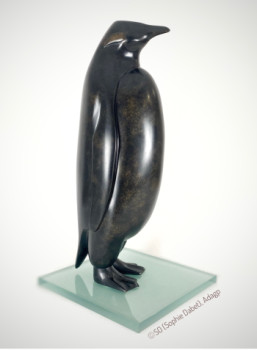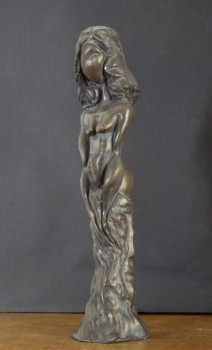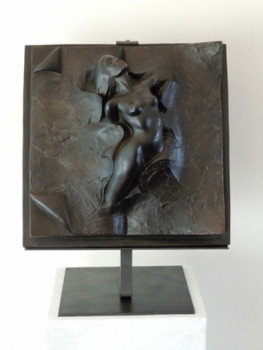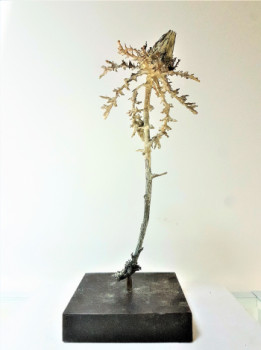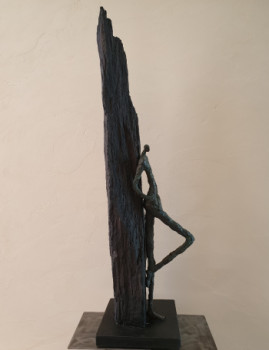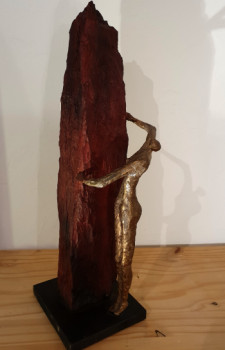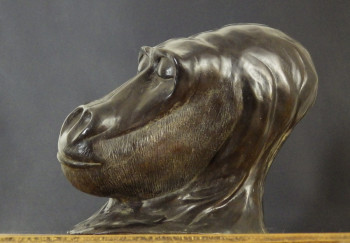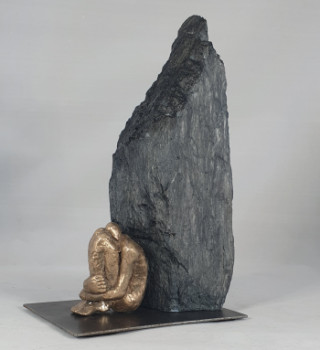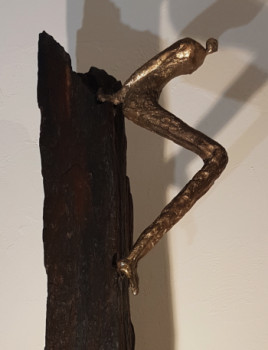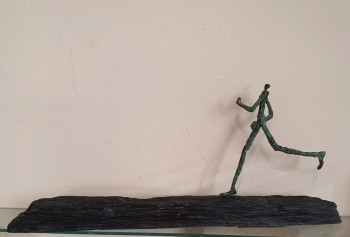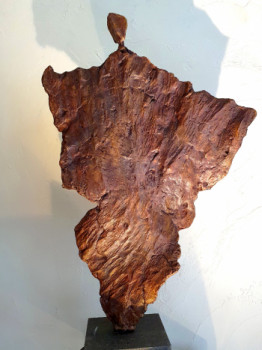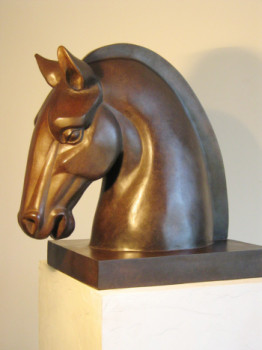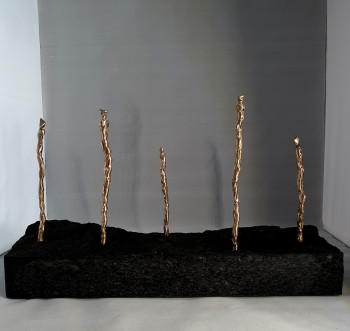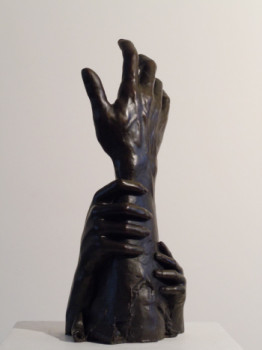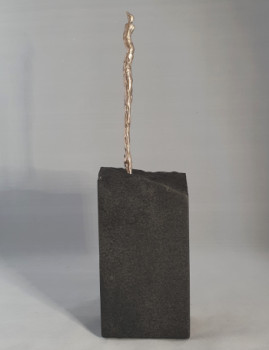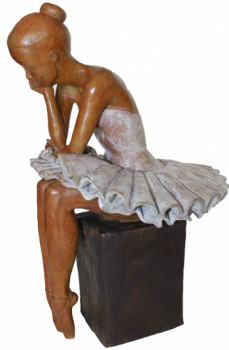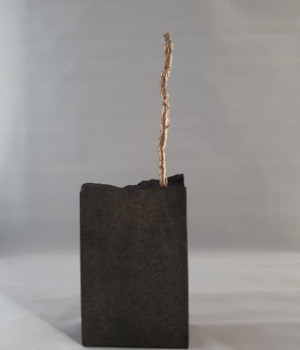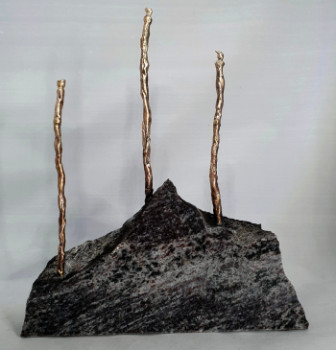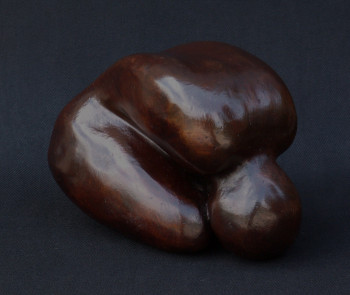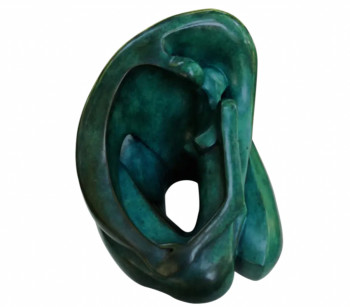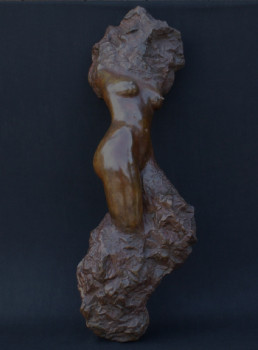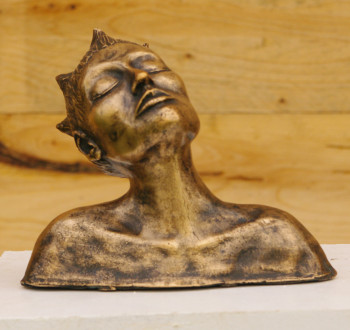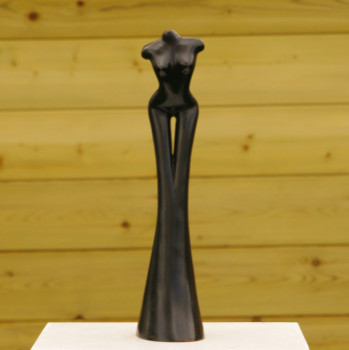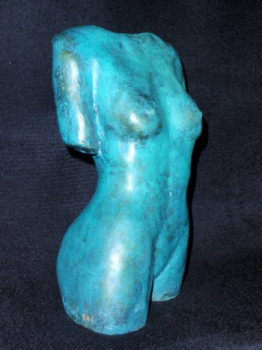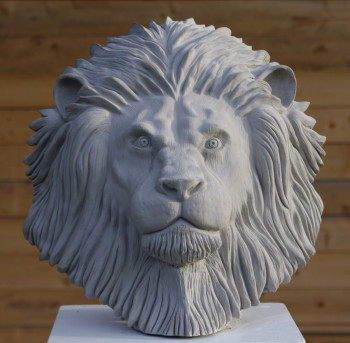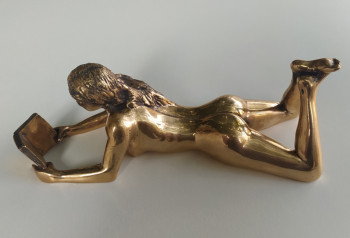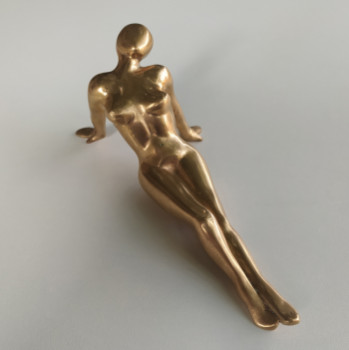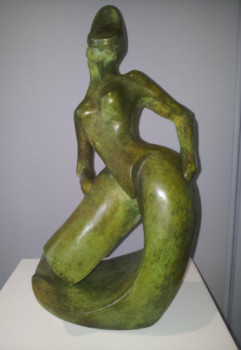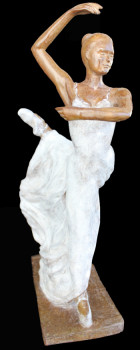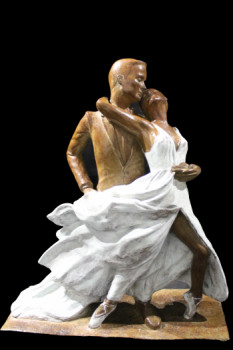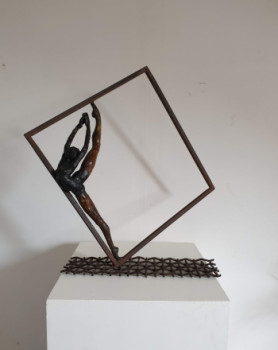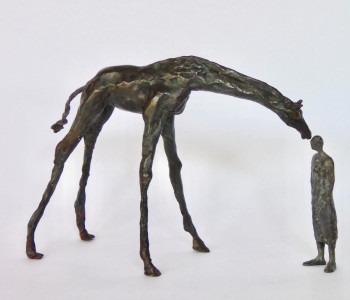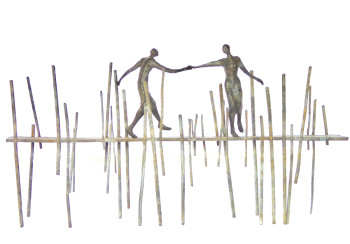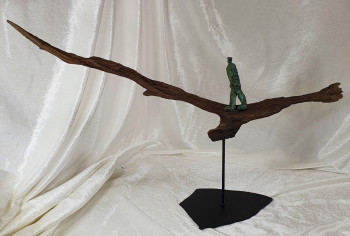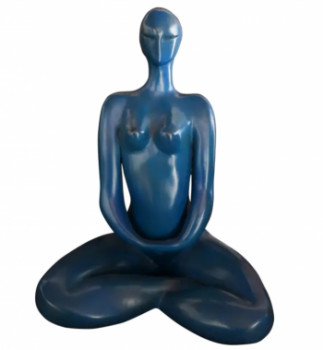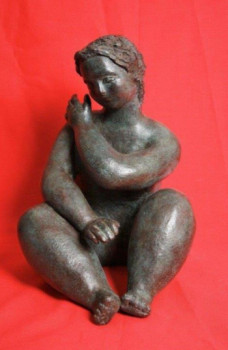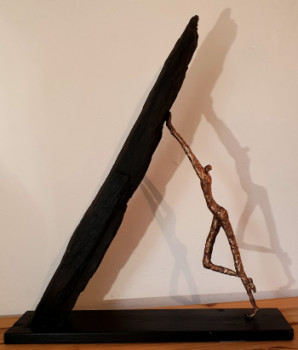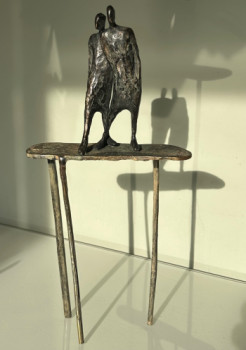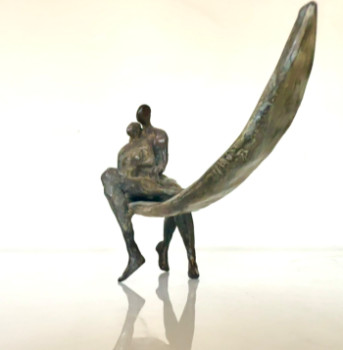
Bronze sculpture
Antique or contemporary, bronze sculpture fascinates the observer. It is one of the rare art mediums whose Basic techniques have not changed over time.
A little history…
The technique which consists of making a model of sculpture in clay, plaster or wax before pouring the bronze into a mold goes back as far as ;during the third millennium BC. Since Antiquity, many artist sculptors have created works of art. bronze statues of different sizes. Often they represented heroic warriors (full-length or bust), characters from mythology, sometimes accompanied by an animal (horse, dog, bird...). These statues were particularly prized by the bourgeois class and royal families. In the 19th century, allegorical figures and animal sculptures were popular. This art of creating shapes in volume comes in different techniques: in the round (statuary), relief, bas-relief, high-relief, assembly, welding or direct carving.
Among the most famous classical bronze sculptors: Michelangelo, Donatello, Bernini, Auguste Rodin, Camille Claudel, Edgar Degas and some modern artists such as Constantin Brancusi, Bourdelle , Botero, Alberto Giacometti and Henry Moore… left each to their own their way a timeless artistic imprint.
What are the steps in making a bronze sculpture?
The sequence of manufacturing a bronze art object always involves the following steps: casting, casting, ;coating, melting and pouring the bronze into the impression. The molding allows an impression of the object to be taken. using a mold (today made of elastomer) which is then coated with a layer of resin or plaster. Casting hot wax consists of; pour this into the mold. The coating is carried out by pouring the wax into a cylinder before coating it in a refractory paste. This dough will become the final mold which will be put in the oven. The casting operation boils down to: cooking the piece in a molten furnace; the wax calcinates and flows out of the mold via a piping system. Bronze as such is an alloy of copper and tin. The patina is the last step thanks to which the sculptor can color the surface of the bronze. The product is diluted water and applied on the workpiece hot. This is how the colors are obtained...
- the green color is created with copper nitrate;
- red color, with iron oxide;
- red-brown, with iron nitrate;
- soda produces the blue color;
- titanium or zinc oxide gives a white tint.
A freedom expression without limits
Contemporary sculptors no longer follow strict rules as they had to comply with until the end. the end of the 19th century. The art of bronze sculpture perfectly illustrates the mastery of visual art in three dimensions (width, height, depth), which offers artists a wide range of possibilities of expression. The sculpture engages the viewer's gaze and addresses itself to the viewer. its sensory perception. Bronze sculpture, in particular, arouses in the observer a variety of ideas. emotions and interpretations. Just like painting, sculpture has been influenced by different artistic movements over the decades: expressionism, pop art, cubism, minimalist art, land art. strong>, to name just a few. Each trend tinges contemporary art with a new energy.
Today, among the themes illustrated by bronze sculpture, we sometimes guess the artist’s intention to express himself on subjects news such as politics, the place of women in society, ecology, excess consumption... The relationship of time and space serves as a basis for the approach of certain sculptors; others tend towards symbolism. As an example, the sculptor Jean-Luc Boige("Ascendance", "Chrysalis") who succeeded create a successful association of classical bronze sculpture and contemporary design that fits happily into any contemporary setting. any environment. The dreamlike and sometimes playful world of Didier Fourier's sculptures brings a note of fantasy to everyday life.
How to choose a bronze sculpture?
One may want to acquire a bronze sculpture for different reasons. It can be a real crush, an investment or even quite simply a decorative element that you want to be unique. A well-chosen bronze sculpture can become the center of interest in a space, both indoors and outdoors. inside than outside. outside (courtyard, garden, terrace). Designers sometimes choose the illustrated theme of their design. by a sculpture to compose all the rest of the interior decoration of a room. Given Since it can be admired from all its angles, it can be installed anywhere. several places (living room, dining room, bedroom, living room, entrance hall) in a home. A work of art in bronze, thanks to the reflection of the light produced by this metal sublimates the room in which it is located. On the other hand, when it has received a colored patina, it brings a modern and aesthetic note to your home. the entire decor.
When we talk about sculpture, it's not just about large pieces. On ARTactif, a selection of polished or patinated bronze sculptures are available in several formats and accessible to all. different affordable prices.
